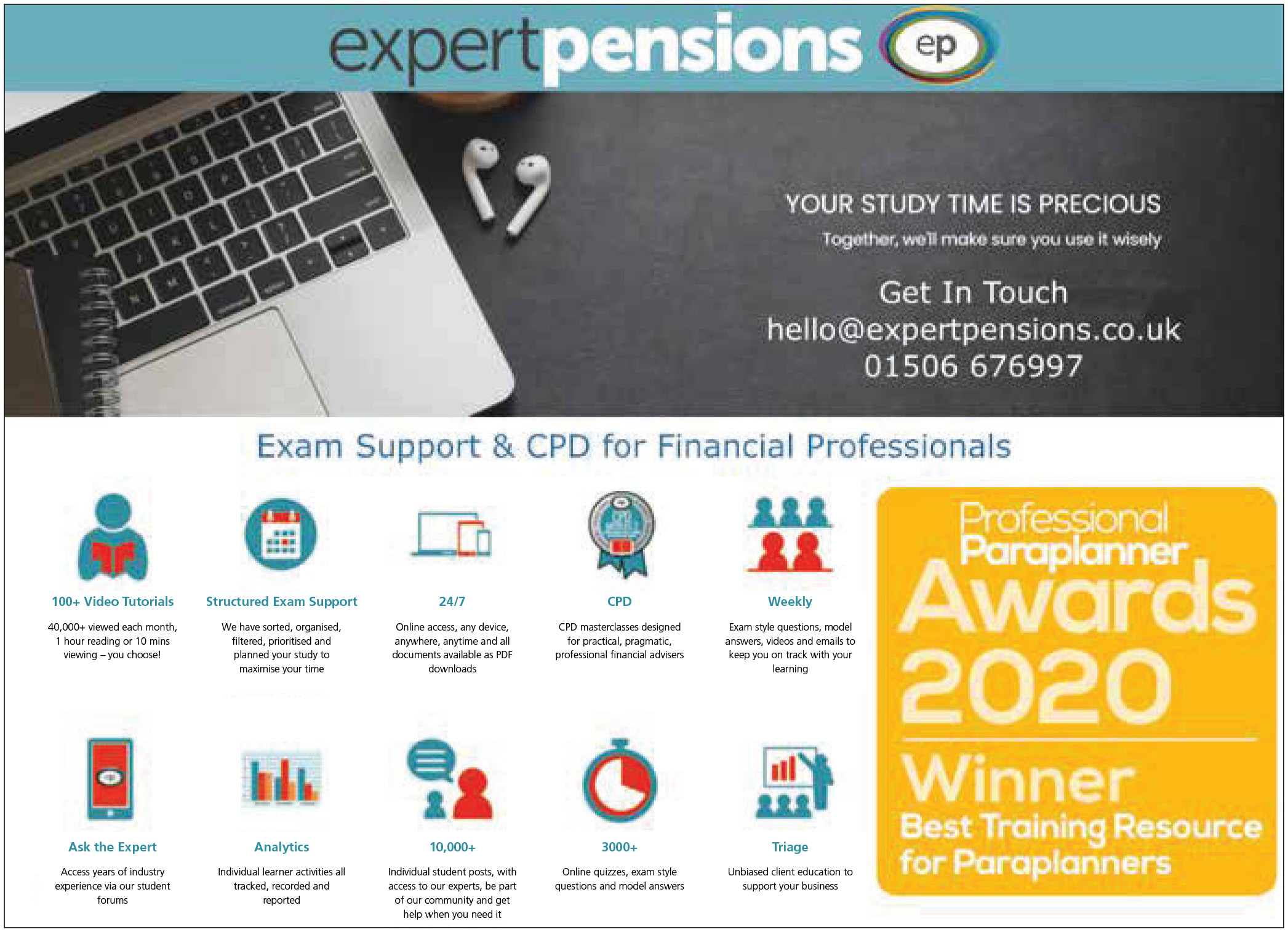It’s a feeling every student knows, as you walk out of the exam hall feeling elated that you literally smashed every question, they threw at you OR……………. you have the tendency to assume the worst in your exam performance and it’s a nail biting wait until results day.
Let’s face it NOT everyone is going to pass first time (fact) and being hard on yourself is not helpful. If things didn’t go your way this time around think about where you went wrong and what could you have done differently?
Past papers have a number of great uses. They give us an insight into what the examiner is thinking, an idea of what might come up in the future and they highlight the pitfalls to avoid as we prepare for and sit the exam.
Make sure you know which are the key terms and answer the question, the whole question and nothing but the question
So, let’s look back at some previous exam papers and some of the common mistakes made:
AF1 2018 paper
- A study of past AF1 papers tells us that having to perform both an income tax and a capital gains tax calculation in your exam is almost inevitable. For example, in the October 2018 sitting, both of these were included in the very first question of the very first case study.
In the same paper, candidates were asked to explain briefly the authority granted under a general power of attorney. This appears to be a straightforward question, yet the examiners reported that a number of candidates answered it as if the question had been a ‘lasting power of attorney’. Now we know you need to read all the questions carefully. However, you might want to make a mental note to remind yourself of this when you’re under the pressure of an exam room.
AF7 2019 paper
- You must tailor your answer to the information given in the case study and/or the question asked. For example, in question 9, candidates tended to list generic benefits and drawbacks of transferring, rather than the specific benefits and drawbacks for the client and her particular set of circumstances.
We recommend that you always include the client’s name in your answer to a question. Once you get into the habit of doing this, it acts as a gentle reminder to your brain that you need to be linking your answer to the case study as a matter of course. How well can you recall and apply your knowledge of the financial planning process to the client-facing case study you have been presented with? By the time your exam comes around, you’ll be doing so without a second thought.
AF4 2019 paper
- In Question 1(F) candidates were asked to list three Investment Association sectors that could be suitable to provide the funds to construct the UK equity component of the investment portfolio to meet the client’s objectives. The examiners reported that “despite the question’s focus, many candidates stated an assortment of different indices, market sectors, individual stock names as well as different types of investment product”
Where the Examiner is asking you to ‘list’ this means you have to list or state facts without description or explanation. Short answer questions typically ask you to “explain”, “define” or “list”. Make sure you know which are the key terms and answer the question, the whole question and nothing but the question.
AF5 2020 paper
- Encouragingly, overall performance was good across this paper. Topical issues may be tested. For example, candidates were asked to list drawbacks of relying on reinvested dividend income. Dividends were suspended by many companies in 2020, so this was a pertinent question to ask.
Mediocre previous answers + topical nature = high chance of recurrence in our experience!
We are constantly amazed by students who set out to do questions that they’ve clearly got not the first clue how to do. Look carefully to see if there is another question on the paper that that you feel more confident with. Don’t be tempted to do question 1 first because it’s the first question on the paper. It might be a real stinker of a question. Are you sure you can do it? How many marks do you think you could get on the parts of the question you can do? You might find there is another, much easier question further on, work out for each part of each question: which question is likely to get you the most marks? Do that one. There is absolutely no reason to do the questions in the order they are printed in the exam.
There are strict marking schemes in place so for examiners to use. This means if there are four marks available on a question, then the marking scheme will probably have four key points. Mention them all, and you get the marks.
Finally, if you have time at the end of your exam then there is always something you can do to improve your paper. Check it, check it and check it again.
Best of luck to anyone registered to sit an exam this session and well done for taking the first steps towards success…getting started!





